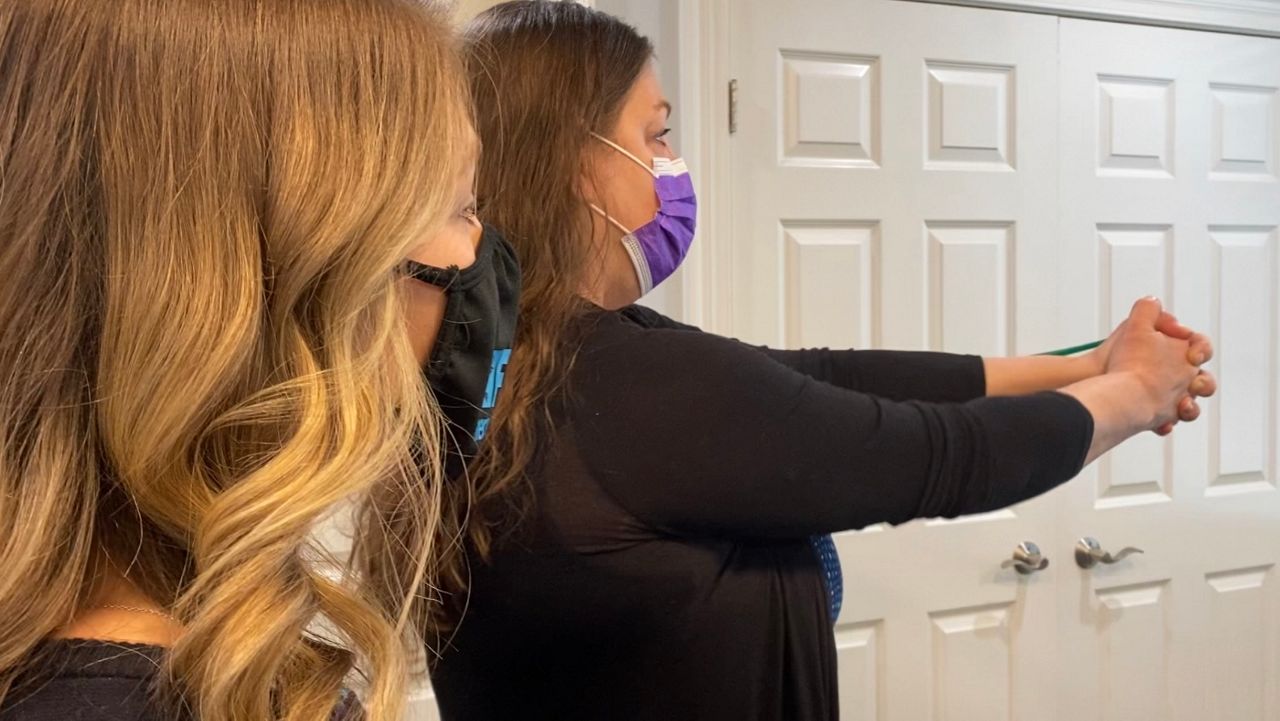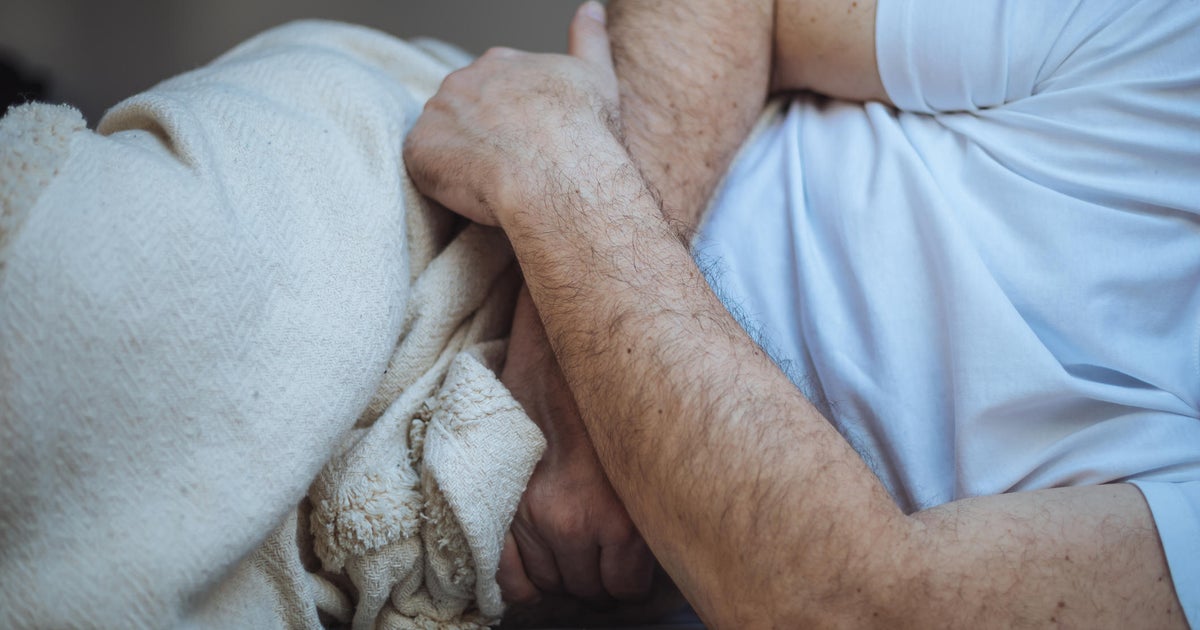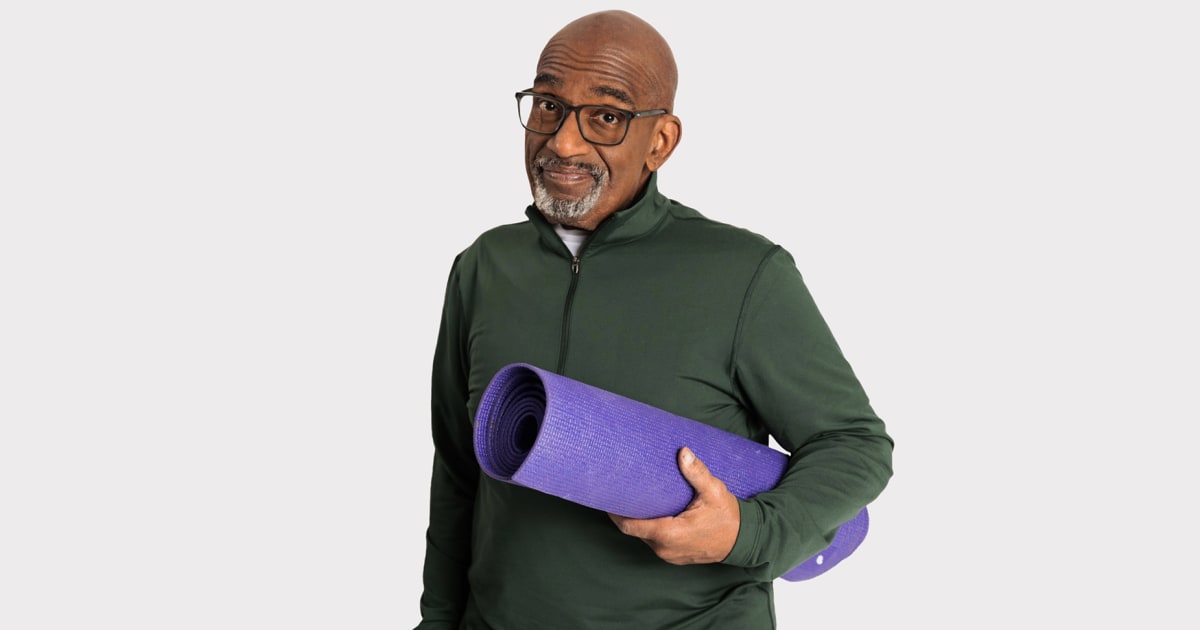Regular physical activity before a cancer diagnosis may lower the risks of both disease progression and death, suggests research published online in the British Journal of Sports Medicine.
And even relatively low levels of physical activity may be advantageous, the findings indicate.
There is compelling evidence that physical activity has a key part to play in lowering the risk of death from cancer, but the evidence isn’t as conclusive for its role in disease progression, explain the researchers.
To explore this further, they analysed anonymised data from the Discovery Health Medical Scheme (DHMS), linked to the Vitality health promotion programme. The DHMS is the largest open medical plan in South Africa, covering approximately 2.8 million beneficiaries.
All Vitality programme participants are rewarded for adopting healthy lifestyle behaviours, earning points for physical activity, recorded by activity trackers, logged gym attendance, or registered participation in organised fitness activities.
Activity type, frequency, duration and intensity are recorded and translated into weekly minutes of exercise.
In all, 28,248 Vitality programme members with stage 1 cancers, and comprehensive physical activity data for the year preceding diagnosis, were included in the study, which spanned the period 2007 to 2022.
Breast and prostate cancers were the most common cancers, comprising 44% of the study total.
The length of time between initial diagnosis and disease progression, death, or exit from the study ranged from 1 month to nearly 13 years.
Cancer didn’t progress in nearly two thirds of the total sample (65.5%), but in just over a third (34.5%) it did. And while 81% survived, 19% died before the end of the study. The average time to death was 20 months and the average time to progression was 7 months.
Levels of physical activity in the year before diagnosis were categorised as none recorded (17,457; 62% of participants); low, equal to 60 or fewer weekly minutes (3722;13%); and moderate to high, equal to 60 or more weekly minutes of moderate intensity physical activity (7069; 25%).
After accounting for potentially influential factors, including age at diagnosis, sex, economic and social position, and co-existing conditions, rates of cancer progression and death from any cause were lower among those who were physically active in the year preceding their diagnosis.
The odds of disease progression were 16% lower for those who had engaged in low levels of physical activity in the preceding year than among those who hadn’t recorded any physical activity, while the odds for those who had engaged in moderate to high levels were 27% lower.
Similarly, the odds of death from any cause were 33% lower among those who had engaged in low levels of physical activity compared with those who hadn’t recorded any, and 47% lower for those who had managed moderate to high levels.
Two years on from diagnosis, the likelihood of no disease progression among those with no recorded physical activity in the year before diagnosis was 74%, compared with 78% and 80%, respectively, for those achieving low and moderate to high levels of physical activity.
While the likelihood of disease progression increased as time went on, it was still lower for those who had clocked up some level of physical activity in the year preceding their diagnosis.
After 3 years, the likelihood of no disease progression was 71%, 75%, and 78%, respectively, for none, low, and moderate to high levels of physical activity. And after 5 years, it was 66%, 70%, and 73%, respectively.
Similar patterns were evident for death from any cause. Two years after diagnosis, the probability of survival among those with no documented physical activity in the year preceding diagnosis was 91% compared with 94% and 95%, respectively, among those who had recorded low and moderate to high levels.
The equivalent probabilities of survival 3 years after diagnosis were 88%, 92%, and 94%, respectively, and 84%, 90%, and 91%, respectively, after 5 years.
This is an observational study, and as such, can’t establish cause and effect. And the researchers acknowledge that they weren’t able to account for other potentially influential factors, such as smoking and alcohol consumption, while the data on weight (BMI) were incomplete.
But there are several plausible biological explanations for the findings, they suggest, chief among which is the way in which physical activity strengthens immunity by increasing numbers of natural killer cells, lymphocytes, neutrophils and eosinophils.
Physical activity may also lower the progression risk of hormone sensitive cancers, such as breast and prostate cancers, by regulating oestrogen and testosterone levels, they add.
“Physical activity may be considered to confer substantial benefits in terms of progression and overall mortality to those diagnosed with cancer,” they write.
“In a world where cancer continues to be a significant public health burden, the promotion of physical activity can yield important benefits regarding the progression of cancer as well as its prevention and management,” they conclude.
Source:
Journal reference:
Mabena, N., et al. (2025). Association between recorded physical activity and cancer progression or mortality in individuals diagnosed with cancer in South Africa. British Journal of Sports Medicine. doi.org/10.1136/bjsports-2024-108813.































